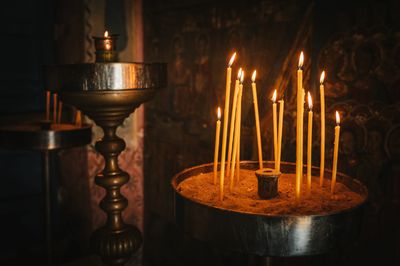Signed in as:
filler@godaddy.com
Signed in as:
filler@godaddy.com

Candles have been used for thousands of years, with their origins tracing back to ancient civilizations like Egypt, Rome, China, and India. Early candles were made from materials such as tallow (rendered animal fat), whale fat, or plant-based waxes like cinnamon oil. In medieval Europe, tallow candles were widely used by common households, though they burned with a smoky flame and unpleasant odor. Around this time, beeswax emerged as a superior alternative. Unlike tallow, beeswax burned cleanly, emitted a pleasant natural scent, and produced a brighter flame. However, due to its cost and limited availability, beeswax was reserved for churches, royalty, and the wealthy, becoming a symbol of purity and luxury. During the 18th and 19th centuries, new materials such as spermaceti and stearin were introduced to improve candle quality, and by the mid-1800s, paraffin wax—derived from petroleum—revolutionized candle-making due to its affordability and ease of use. Despite the rise of synthetic waxes, beeswax has maintained a niche status and is experiencing renewed popularity today. Modern consumers value it for its natural composition, long burn time, subtle honey aroma, and eco-friendly appeal, making beeswax candles a premium choice rooted in centuries of tradition.
We use cookies to analyze website traffic and optimize your website experience. By accepting our use of cookies, your data will be aggregated with all other user data.